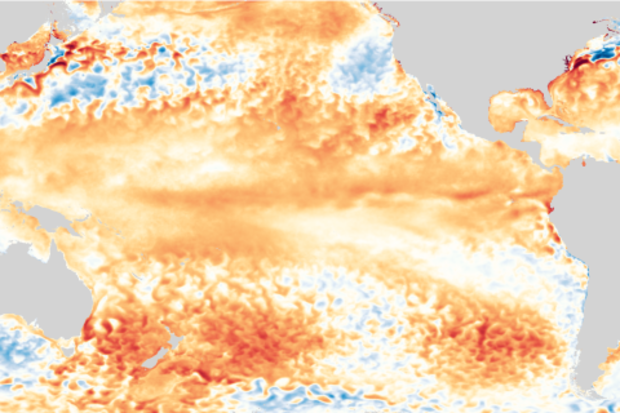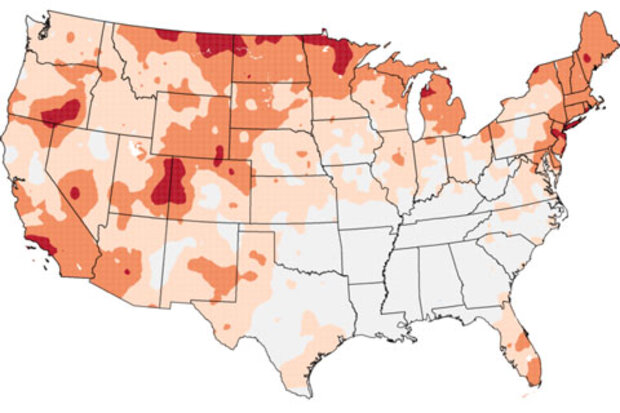Blogs
As meteorologists and climate scientists, we talk about, think about, and commiserate about forecasts a lot. One enhancement that NOAA’s ENSO forecasting team has been working toward is the prediction of the strength of El Niño or La Nina. And judging by the comments left on social media or under our articles, that’s something you want from us too.
It was with that in mind that the ENSO blog’s own Michelle L’Heureux and colleagues set up an experiment for the ENSO forecasting team. She documents the results in a recent journal article (which I am seventh author on (1)). The experiment demonstrated that skillful strength forecasts were feasible, and also something else. It also reveal…
Read article
Raining on your parade
NOAA’s National Weather Service will soon be issuing forecasts for Independence Day (find your local forecast), but here’s a look at the historical probability that your Fourth of July picnic will be rained on, based on observations from 1981-2010.
If all we had to go on was history, this map says the best chances of clear skies in the contiguous United States (CONUS) would be found, not surprisingly, in the West. Based on past Fourths of July, chances for rain are 10 percent or less for a large area from interior Washington to northwest New Mexico. In the CONUS, the highest chances for rain on your parade would be in southern Florida (40-50%), foll…
Read article
Our El Niño is still hanging around, and forecasters think it’s likely to stay through the summer. What happens after that is less clear, though, with about a 50% chance of El Niño continuing through the fall and winter.
Things as they are
The sea surface temperature across much of the tropical Pacific is still warmer than average, with the Niño3.4 Index coming in at 0.64°C above average during May (via ERSSTv5).
The atmosphere also reflected weak El Niño during May, and both the Southern Oscillation Index the Equatorial Southern Oscillation Index were moderately negative. When these indexes are negative, it means the surface air pressure over the far western Pacific is higher t…
Read article
A few weeks ago, NCEI updated its U.S. climate trends maps with the data from 2018. Most months and places are getting warmer over time, especially over the very long (century scale) term.
But some regions and seasons are not changing in lock-step with the big picture. For January, considering all 124 years spanning 1895 through 2018, much of the South and Mid-South has cooled slightly. That regional/seasonal exception to the rule is a feature of and testament to the complexity of the climate system.
We’re going to look at January trends to tease out some nuances with how these trends are computed. Let’s go Beyond the Data.
Linear trends: the duct tape of statistics
…
Read article
We’ve talked a lot about how ENSO impacts weather and climate around the world on this blog, but did you know that ENSO also could affect your health? In fact, ENSO can affect outbreaks of a variety of diseases, including cholera, Chikungunya, Zika, Rift Valley fever, and plague (yes, that infamous, Medieval-times kind of plague!).
A multi-organization team of scientists (1) led by Dr. Assaf Anyamba of the Universities Space Research Association (USRA) at NASA Goddard Space Flight Center recently combined this disease knowledge with seasonal ENSO predictions to issue early warnings for possible disease outbreaks throughout the globe. These alerts proved to be quite accurate during the gre…
Read article




